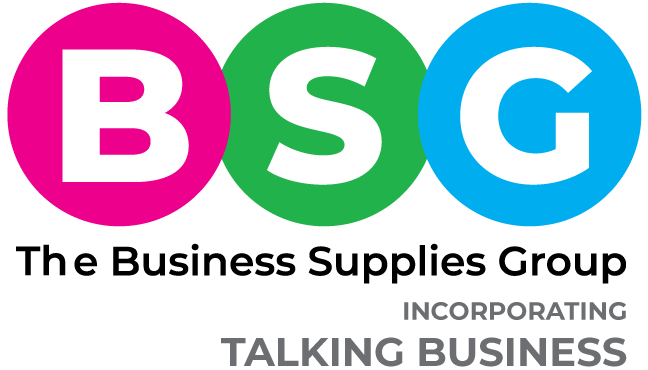Creating collaborative workspaces – where do you start?
We are often approached by organisations that are keen to introduce collaborative workspaces to their office environments. However, many are not sure what the best approach is. The biggest challenge that most companies face is the fact that they’re seemingly bursting at the seams and don’t know where the additional space is going to come from.
It’s understandable that any organisation would want to capitalise on this growing trend, after all, collaborative and flexible working environments have been proven to supercharge employee performance, productivity and morale. There are plenty of reasons why this is the case. Working collaboratively with colleagues promotes healthy relationships; it enables employees and teams to work quicker and more effectively; and it also promotes common goals and equal partaking, which is great for a motivation boost.
But when your organisation is already struggling to swing the proverbial cat and you’re not in a position to move premises, how are you going to free up space to create an area where staff can collaborate effectively on projects?
The good news is, there are plenty of ways and means, and we’ve got all the tricks and tools of the trade up our sleeves. You’d be surprised at quite how much space we are able to free-up with the right furniture solutions.
To get any project like this started there are three main questions that need to be carefully addressed. If we are working with you as your interiors partner, these are questions that we would go through with you in detail.
1. What will you use the collaborative space for?
We’d strongly advise against creating a collaborative space, just for the sheer sake of it. It’s worth investing time in properly considering and planning the space. That way it is more likely to be utilised by your workers. After all, square metres of space cost a premium these days, so no business can afford to waste space.
(Click image to zoom)
Of course, every organisation has different requirements and what your employees and teams need from their collaborative space will very much depend on the type of work they undertake, how they like to collaborate and what technology they need access to.
Some small teams may require privacy and therefore a small meeting pod that provides seclusion would fit the bill. However, other teams might prefer to spread themselves and their work out across a large bench with access to a board for brainstorming. There are a multitude of different scenarios and connotations, but the good news is, there are furniture solutions for each of them.
It’s certainly worth getting your employees involved by asking for their input. You may find that different teams appear to have conflicting requirements, but that’s also a challenge that can be met. We may find that we can free up more space than you anticipated or we can certainly suggest furniture solutions that provide flexibility and will keep everyone happy.
2. How do you use your existing space?
Once we have ascertained what kind of collaborative space we are going to create, and how much room it requires, the next step is to look at your existing space. We need to understand what space is currently available and what space could potentially be freed up.
A lot of organisations have many more desks than they actually need. They find themselves with empty desks most days, due to holidays, business travel, sickness and increasingly, due to remote or flexible working. It’s time to consider how you can use your existing office space more productively.
Creating more hot desks is certainly an option. Thanks to advances in technology, more and more workers are spending less time at their desks. The accelerated evolution and roll-out of mobile technology, and remote access to digitally generated and stored information has enabled smarter ways of working, which means employees don’t necessarily need individual desks and storage space any more.
Fewer personal desks, more hot desks and smaller desks can free up an incredible amount of space. But again, we’d strongly advocate getting buy-in to any proposed changes. If your employees are resistant to any changes that you implement, then it’s going to adversely affect morale and productivity, which is the opposite to what you are aiming to achieve.
3. What’s your budget?
The third big question is of course, how much are you able or prepared to invest in the project. It’s worth taking some time to consider what Return on Investment (ROI) you expect to achieve from the exercise in terms of greater productivity, higher morale, less absence, increased efficiency – and the list goes on. If you get the space right, and it’s readily adopted by your employees and utilised properly, then you will reap the rewards of your investment.
Let us help you examine your requirements and your existing space and create a collaborative working environment that delivers ROI. With our knowledge of workplace furniture and technology solutions, we can design and deliver a space that your employees will thrive in. If you’d like to discuss a corporate interiors project, then get in touch today. We’d love to hear from you.














